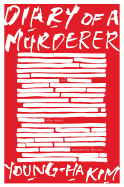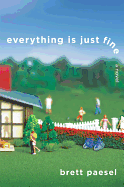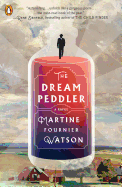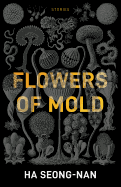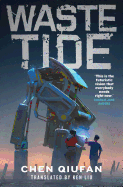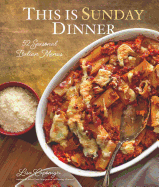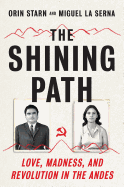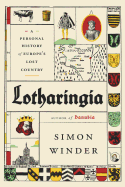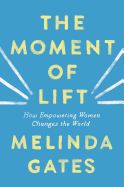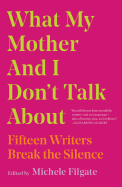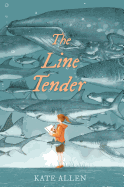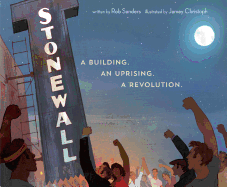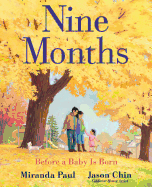_Sylvie_Rosokoff.jpg) |
| photo: Sylvie Rosokoff |
Michele Filgate is a contributing editor at Literary Hub and a former board member of the National Book Critics Circle. She teaches creative nonfiction for the Sackett Street Writers' Workshop, Catapult and Stanford Continuing Studies, and is the founder of the Red Ink literary series. Filgate is an M.F.A. student at New York University, where she is the recipient of the Stein Fellowship. What My Mother and I Don't Talk About: Fifteen Writers Break the Silence (reviewed below) is available from Simon & Schuster.
You spent more than a decade working on the essay for Longreads that was the seed for this book.
I started writing this essay when I was an undergraduate at the University of New Hampshire, and I really thought I was writing about my stepfather abusing me. It took me many years to realize that what I was actually trying to write about was the fracture that abuse caused in my relationship with my mother. When you experience something traumatic, it can take many years to unpack. I finally had this breakthrough that the piece was really about my mother. I went to the Tin House summer workshop one year, where I studied with Jo Ann Beard, who is one of my biggest influences as a writer. Her instruction and my classmates in that workshop really helped me figure out how to put this piece together and how to make it work.
The essay came out in Longreads in October 2017, right when the Weinstein story broke and the #metoo movement took off. It was kind of wild to have the most painful thing I've ever written published right at a moment in our culture when we were revealing these stories that people had kept hidden for so long. It was a relief to feel like I was not alone.
How did it feel to publish such personal details?
It was terrifying at first. I did not tell my mom about the essay because our relationship was already so complicated. I didn't want to hurt my mom; that was never my intention. And people who read the essay have told me they can read the love and longing, more than anger. It's not about anger. It's about wanting to have a relationship with my mom that I don't have.
It was really scary to release this story that I'd been carrying with me for so many years in print. I felt nauseated, terrified, sad, anxious, all of those negative emotions... but as I kept hearing from strangers who read the piece--who had similar stories to tell--a funny thing happened. I started to feel a sense of relief, of unburdening myself. By putting this story out there I was able to help other people feel less alone, which I think is one of the most important things writing can do.
How did the anthology happen?
So many people responded to the title of my essay, "What My Mother and I Don't Talk About," that it just felt right to put together an anthology. Everyone--no matter how close they are with their mother, or if they've never even met their mother, or their mother is no longer alive--has something that they can't talk about with their mother. I'd already been thinking of doing an anthology. Because of the essay going viral and having the response it did--it was shared by Lidia Yuknavitch, Anne Lamott, Rebecca Solnit, so many writers I admire on social media--I felt like, okay, there's momentum here. I think this is a book.
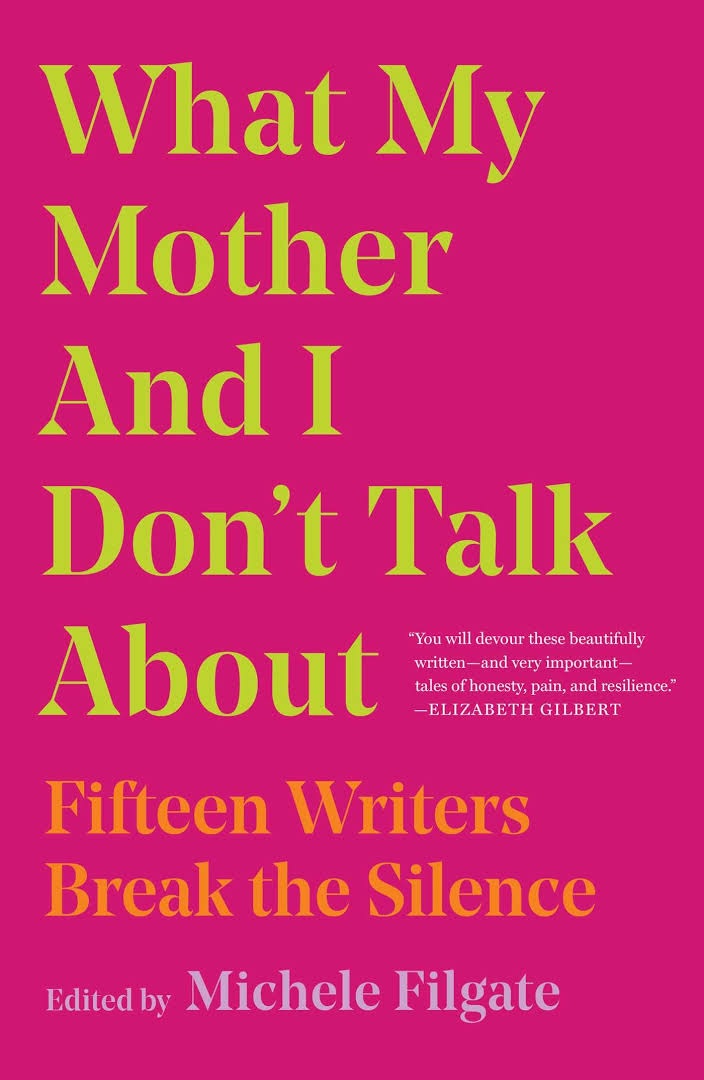 Before I got a book deal, I reached out to writers I admire and asked them if they'd be willing to contribute original essays. Everything I've been doing in my career so far has led up to this point. I was an indy bookseller for many years; I ran events at RiverRun Bookstore in Portsmouth, N.H., McNally Jackson in Manhattan and Community Bookstore in Brooklyn; and then, after I left bookselling, I joined the board of the National Book Critics Circle. I've been a voracious reader and literary citizen for many years, and I have my own literary series, Red Ink, that's dedicated to women writers. This was the kind of work I'd already been doing, making these connections, and so it was wonderful to be able to put together a book featuring so many writers I really respect.
Before I got a book deal, I reached out to writers I admire and asked them if they'd be willing to contribute original essays. Everything I've been doing in my career so far has led up to this point. I was an indy bookseller for many years; I ran events at RiverRun Bookstore in Portsmouth, N.H., McNally Jackson in Manhattan and Community Bookstore in Brooklyn; and then, after I left bookselling, I joined the board of the National Book Critics Circle. I've been a voracious reader and literary citizen for many years, and I have my own literary series, Red Ink, that's dedicated to women writers. This was the kind of work I'd already been doing, making these connections, and so it was wonderful to be able to put together a book featuring so many writers I really respect.
What did you learn in the process of collecting, editing and organizing these essays?
It felt like such a privilege to be able to work with some of my favorite writers. I learned that this topic is not an easy one for anyone. Some writers I'd originally signed up for the book had to drop out. And some people realized they weren't ready to write about their moms. It made me feel less alone, because this is a sensitive topic for so many people. That was kind of eye-opening to me. I'm not the only one who finds this a tricky thing to do. It was interesting to me that it's even tricky for people who are close with their mothers. How do you capture someone you are so close to, and make it interesting for other people?
Is this a book with a cause?
Definitely, yes. If this can inspire people to have conversations with their moms that they haven't been able to have, then I will feel like this book is worth it. And it's already happened with one of the contributors in this book. Nayomi Munaweera wrote a piece about growing up with a mentally ill mother, and she sent it to her mom, and told her it was going to be coming out in a book. Her mother wrote back such a wonderful e-mail that we ended up including it as the postscript. So after her essay in the book is this really beautiful e-mail from her mom that demonstrates her love and how proud she is of Nayomi for writing this piece.
That right there is the cause for this book: breaking the silence, as the subtitle suggests. Silence can be toxic. I think this book will help a lot of people learn how to have those conversations in their own lives, or feel less alone.
--Julia Kastner, librarian and blogger at pagesofjulia
Michele Filgate: One of the Most Important Things Writing Can Do
 When I found out I was pregnant, I turned to books in search of answers to the roughly one million questions I had about what to expect. First up was Like a Mother: A Feminist Journey Through the Science and Culture of Pregnancy (Harper Wave, $24.95)--a book that's fast becoming my go-to "if you read just one book about pregnancy..." recommendation. Angela Garbes offers readers a candid exploration of pregnancy that is part memoir and part science, full of heartfelt stories and absolutely fascinating details about what the human body can do in preparation for a new little one. And Now We Have Everything (Back Bay, $16.99) was another candid (sometimes shockingly so) memoir of motherhood, speaking openly and honestly about tough subjects like 40-hour labor and postpartum depression. Some of these same topics--the ups and downs of the experience, and the many different forms it can take--feature heavily in the story collection Look How Happy I'm Making You (Doubleday, $24.95).
When I found out I was pregnant, I turned to books in search of answers to the roughly one million questions I had about what to expect. First up was Like a Mother: A Feminist Journey Through the Science and Culture of Pregnancy (Harper Wave, $24.95)--a book that's fast becoming my go-to "if you read just one book about pregnancy..." recommendation. Angela Garbes offers readers a candid exploration of pregnancy that is part memoir and part science, full of heartfelt stories and absolutely fascinating details about what the human body can do in preparation for a new little one. And Now We Have Everything (Back Bay, $16.99) was another candid (sometimes shockingly so) memoir of motherhood, speaking openly and honestly about tough subjects like 40-hour labor and postpartum depression. Some of these same topics--the ups and downs of the experience, and the many different forms it can take--feature heavily in the story collection Look How Happy I'm Making You (Doubleday, $24.95).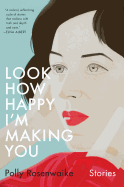 And looking for some science to back up all the new rules I found myself subject to, I dove right into Expecting Better (Penguin Books, $17), in which Emily Oster uses her background as an economist to unpack the statistics behind many, many studies that surround the common "rules" of pregnancy. Oster has also written Crib Sheet (Penguin Press, $28), a book on parenting using the same stats-based technique.
And looking for some science to back up all the new rules I found myself subject to, I dove right into Expecting Better (Penguin Books, $17), in which Emily Oster uses her background as an economist to unpack the statistics behind many, many studies that surround the common "rules" of pregnancy. Oster has also written Crib Sheet (Penguin Press, $28), a book on parenting using the same stats-based technique.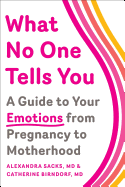 More recently, I picked up (and loved) What No One Tells You (Simon & Schuster, $17), a guide to the emotions of pregnancy. While many pregnancy books focus more on the physical aspect of growing a tiny human, there are a lot of feelings mixed up in the process, I've learned. --Kerry McHugh, blogger at Entomology of a Bookworm
More recently, I picked up (and loved) What No One Tells You (Simon & Schuster, $17), a guide to the emotions of pregnancy. While many pregnancy books focus more on the physical aspect of growing a tiny human, there are a lot of feelings mixed up in the process, I've learned. --Kerry McHugh, blogger at Entomology of a Bookworm


_Sylvie_Rosokoff.jpg)
 Before I got a book deal, I reached out to writers I admire and asked them if they'd be willing to contribute original essays. Everything I've been doing in my career so far has led up to this point. I was an indy bookseller for many years; I ran events at RiverRun Bookstore in Portsmouth, N.H., McNally Jackson in Manhattan and Community Bookstore in Brooklyn; and then, after I left bookselling, I joined the board of the National Book Critics Circle. I've been a voracious reader and literary citizen for many years, and I have my own literary series, Red Ink, that's dedicated to women writers. This was the kind of work I'd already been doing, making these connections, and so it was wonderful to be able to put together a book featuring so many writers I really respect.
Before I got a book deal, I reached out to writers I admire and asked them if they'd be willing to contribute original essays. Everything I've been doing in my career so far has led up to this point. I was an indy bookseller for many years; I ran events at RiverRun Bookstore in Portsmouth, N.H., McNally Jackson in Manhattan and Community Bookstore in Brooklyn; and then, after I left bookselling, I joined the board of the National Book Critics Circle. I've been a voracious reader and literary citizen for many years, and I have my own literary series, Red Ink, that's dedicated to women writers. This was the kind of work I'd already been doing, making these connections, and so it was wonderful to be able to put together a book featuring so many writers I really respect.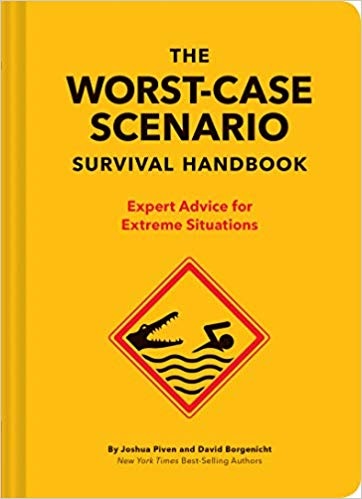 How do you survive if your parachute fails to open? How do you land a plane if the pilot has been incapacitated? How do you wrestle free from an alligator? For 20 years, The Worst-Case Scenario Survival Handbook by Joshua Piven and David Borgenicht has provided solutions to these and other dire scenarios. With expert advice and simple illustrations, The Worst-Case Scenario Survival Handbook makes dangerous situations more survivable--with a little preparation. For example, the method to escaping quicksand involves already having a sturdy pole on hand. No pole? Goodbye.
How do you survive if your parachute fails to open? How do you land a plane if the pilot has been incapacitated? How do you wrestle free from an alligator? For 20 years, The Worst-Case Scenario Survival Handbook by Joshua Piven and David Borgenicht has provided solutions to these and other dire scenarios. With expert advice and simple illustrations, The Worst-Case Scenario Survival Handbook makes dangerous situations more survivable--with a little preparation. For example, the method to escaping quicksand involves already having a sturdy pole on hand. No pole? Goodbye.